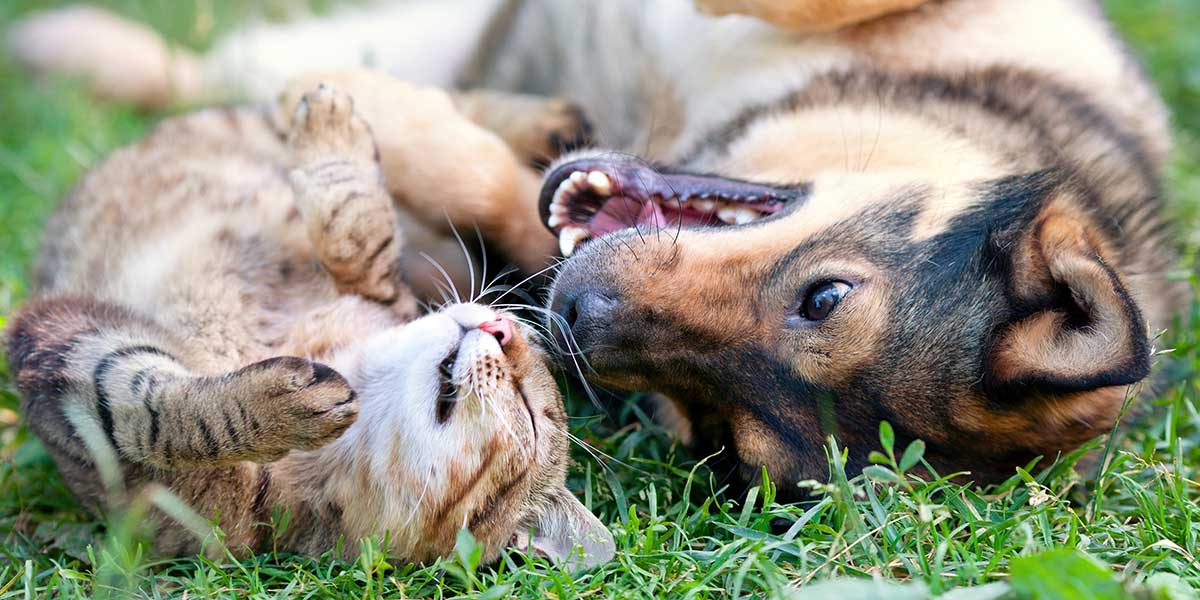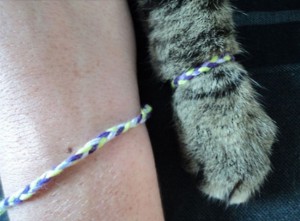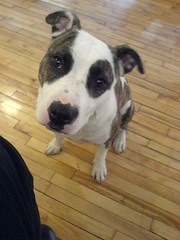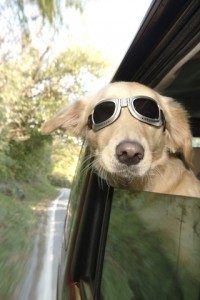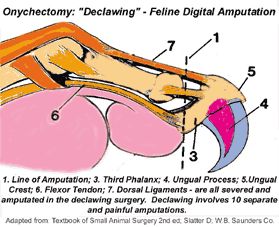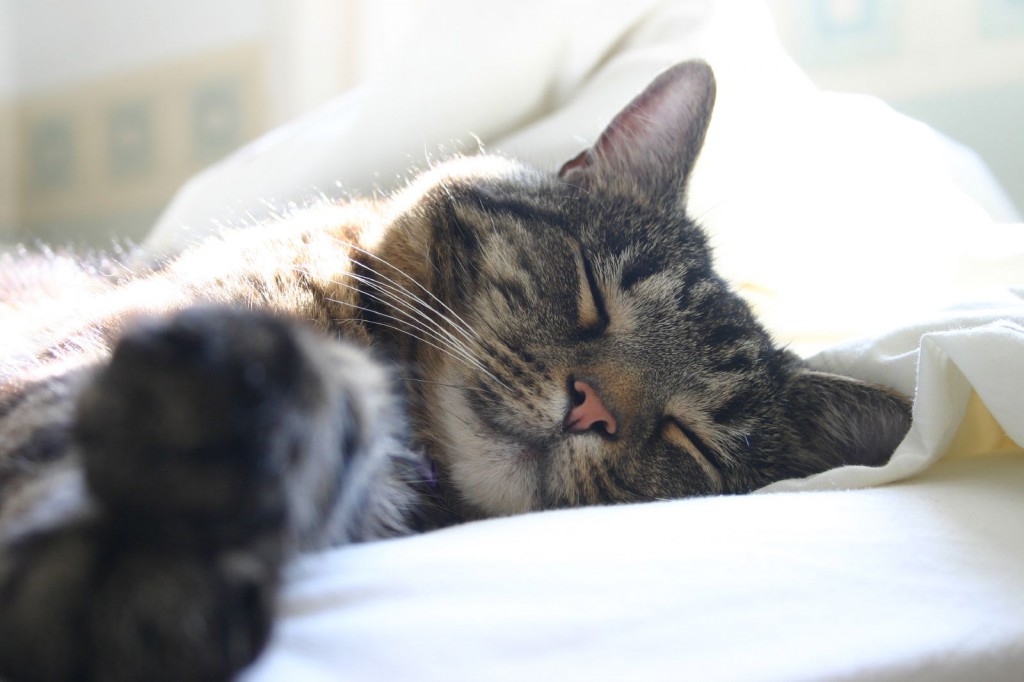
Cats. Those interesting creatures can be a hit or miss. It’s like you can strike gold and get a cuddly little snuggly creature, or you can strike out and end up with an anti-social, no fun, keeps to itself, super rough and tough cat. These ferocious felines are so unpredictable. One thing that’s great about owning a cat is the fact that they are so independent…that if it came down to it, they could totally take care of themselves. So if you’re single, crazy busy, and looking for a companion…investing in a cat might just be what you’re looking for. Intimidated by the unknown? I don’t blame you. However, with the right amount of attention and patience, a cat can totally be trained into the perfect little kitty.
Before training starts it is important to understand that Cats do not speak English. They speak feline. A foreign language that is nearly impossible to learn. They learn by experience. If the experience is good, they will repeat it. If the experience is bad, they will try to avoid it. With that being said, the key to training a cat is simple (insert laughs here):
Whatever you want your cat to do must be exceedingly rewarding and pleasurable (lots of cat treats).
Whatever you don’t want your cat to do must never be fun or rewarding. It must be unpleasant.
Keep in mind: Reprimanding your cat will usually work against you.
Cats are not like dogs. If you see a wet spot on your kitchen floor, you can’t drag your cat to the spot, yell at it, and send it to the litter box. Doing this will associate “you reaching for them” as a bad experience, and the litter box is a torture chamber. Punishing them makes them stressed out. Stressed out cats will behave badly.
Your dog, wants to please you. They love you and their lives are surrounded by the only sole purpose of pleasing you. Cats, don’t care. It is important to remember this. The best way to “punish” your cat is to basically increase their playtime. Give them a reason to behave not a reason to misbehave. I know, it sounds twisted and complicated… but who said cats aren’t complicated? No one.
Use the Positive Reinforcement Training Method.

To speed up the process, use tasty treats and a clicker. I’m sure you would have guessed the tasty treats part to this process, but a clicker? If you don’t have a clicker on hand a pen will work just fine.
The instant your cat does something you like, click, and then offer them a treat. The click lets your cat know the instant he does the right thing… it will help him catch on faster. Like humans, cats learn through repetition. Like a human with attention deficit disorder, cats get bored easily.
Keep your trick time short, and switch up the drills when they start to catch on.
Some people crave the challenge of the Cat. It takes some work to make them love you, but when they do, they’ll love you like no one else will. I hope this post helps you bond with your feline friend.
Please feel free to leave other tips and tricks in the comment section of this blog.
Lisa Podwirny is the owner of Ketchum Mfg. Connect with her on Google+
